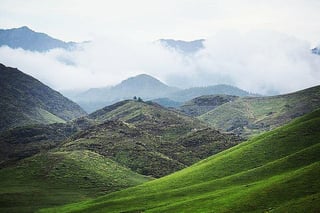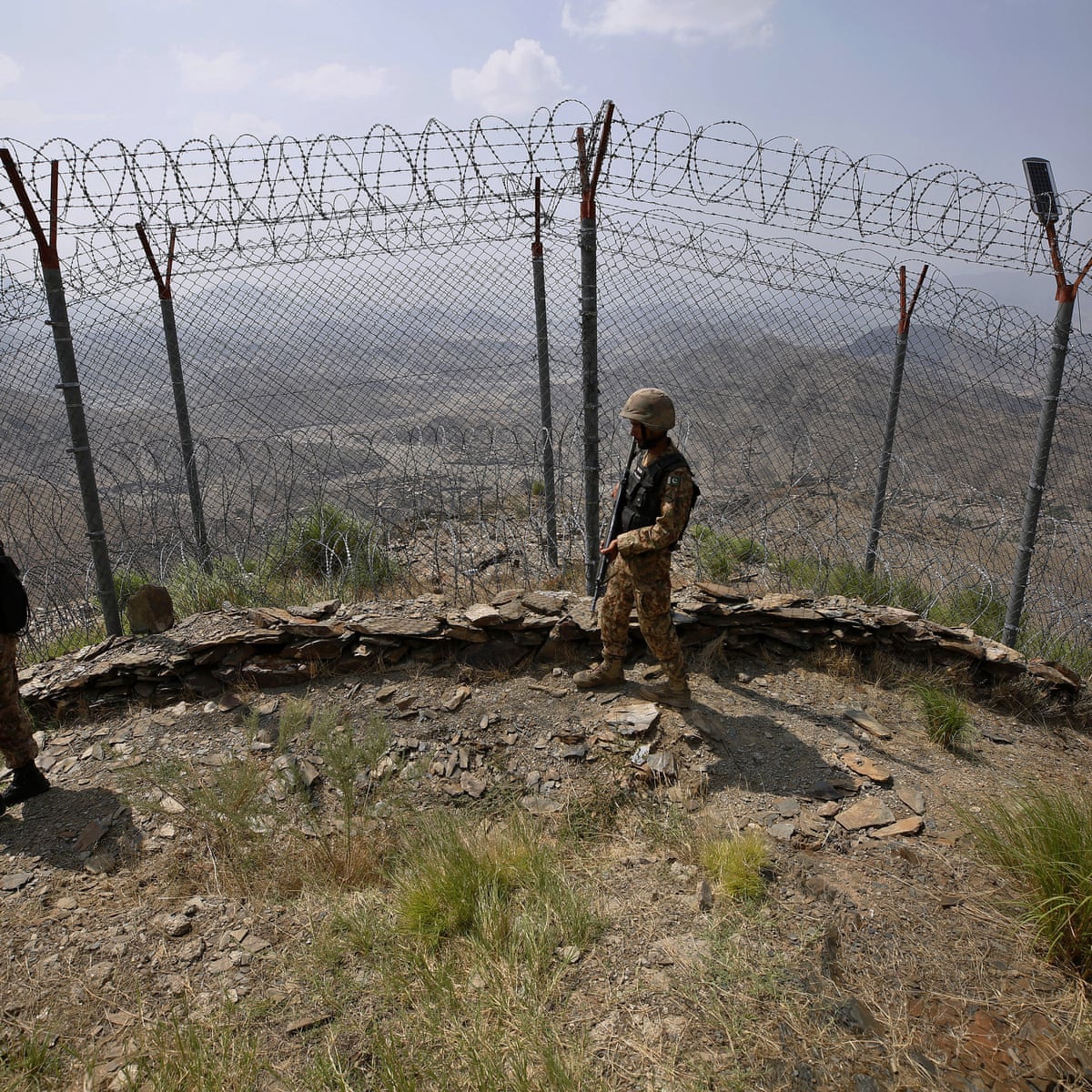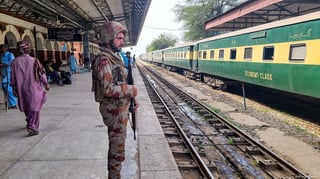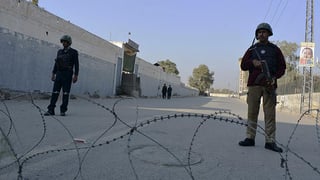South Waziristan District (Pashto: سويلي وزیرستان ولسوالۍ, Urdu: ضلع جنوبی وزیرستان) was a district in Dera Ismail Khan Division of Khyber Pakhtunkhwa before splitting in to Lower South Waziristan District and Upper South Waziristan District and the southern part of Waziristan, a mountainous region of northwest Pakistan, that covers some 11,585 km2 (4,473 mi²). Waziristan comprises the area west and southwest of Peshawar between the Tochi River to the north and the Gomal River to the south. The region was an independent tribal territory from 1893, remaining outside of British-ruled empire and Afghanistan. Tribal raiding into British-ruled territory was a constant problem for the British, requiring frequent punitive expeditions between 1860 and 1945. Troops of the British Raj coined a name for this region "Hell's Door Knocker" in recognition of the fearsome reputation of the local fighters and inhospitable terrain. The capital city of South Waziristan is Wanna. South Waziristan is divided into the three administrative subdivisions of Ladha, Sarwakai, and Wanna. These three subdivisions are further divided into eight Tehsils: Ladha, Makin, Sararogha, Sarwakai, Tiarza, Wanna, Barmal, and Toi Khula. The Waziristan was divided into two "agencies", North Waziristan and South Waziristan. The two parts have quite distinct characteristics, though both tribes are subgroups of the Waziri tribe, after whom the region is named, and speak a common Waziristani dialect. They have a reputation as warriors and are known for their frequent blood feuds. Traditionally, feuding local Waziri religious leaders have enlisted outsiders in the Pakistani government, and more recently U.S. forces hunting al-Qaeda fugitives—in attempts at score-settling. The tribes are divided into sub-tribes governed by male village elders who meet in a tribal jirga. Socially and religiously, Waziristan is an extremely conservative area. Women are carefully guarded, and every household must be headed by a male figure. Tribal cohesiveness is strong through so-called Collective Responsibility Acts in the Frontier Crimes Regulation. In terms of area South Waziristan was the largest agency in FATA, being 6,619 km2. It has been functioning since 1895. In 2018, it became a district of Khyber Pakhtunkhwa, Pakistan with merger of FATA with Khyber Pakhtunkhwa. It is bordered to the north by the North Waziristan District, to the north-east by Bannu and Lakki Marwat Districts, to the east by tribal areas adjoining the Tank and Dera Ismail Khan Districts, to the south by Zhob District of Balochistan Province and tribal areas adjoining Dera Ismail Khan District, and to the west by Afghanistan. Corruption at Angor Ada,which is a trade corridor, is rampant Deforestation is on its apogee. On April 13, 2022, South Waziristan was bifurcated into Upper South Waziristan district and Lower South Waziristan district. Upper South Waziristan district comprises Ladha, Makin, Tayyarzai, Sarokai and Shawal tehsils with Spinkai Rakhzai as its headquarters, while Lower South Waziristan district consist of Wana, Shakai, Loi Khwla and Birmil tehsils with Wana as its headquarters. From Wikipedia





